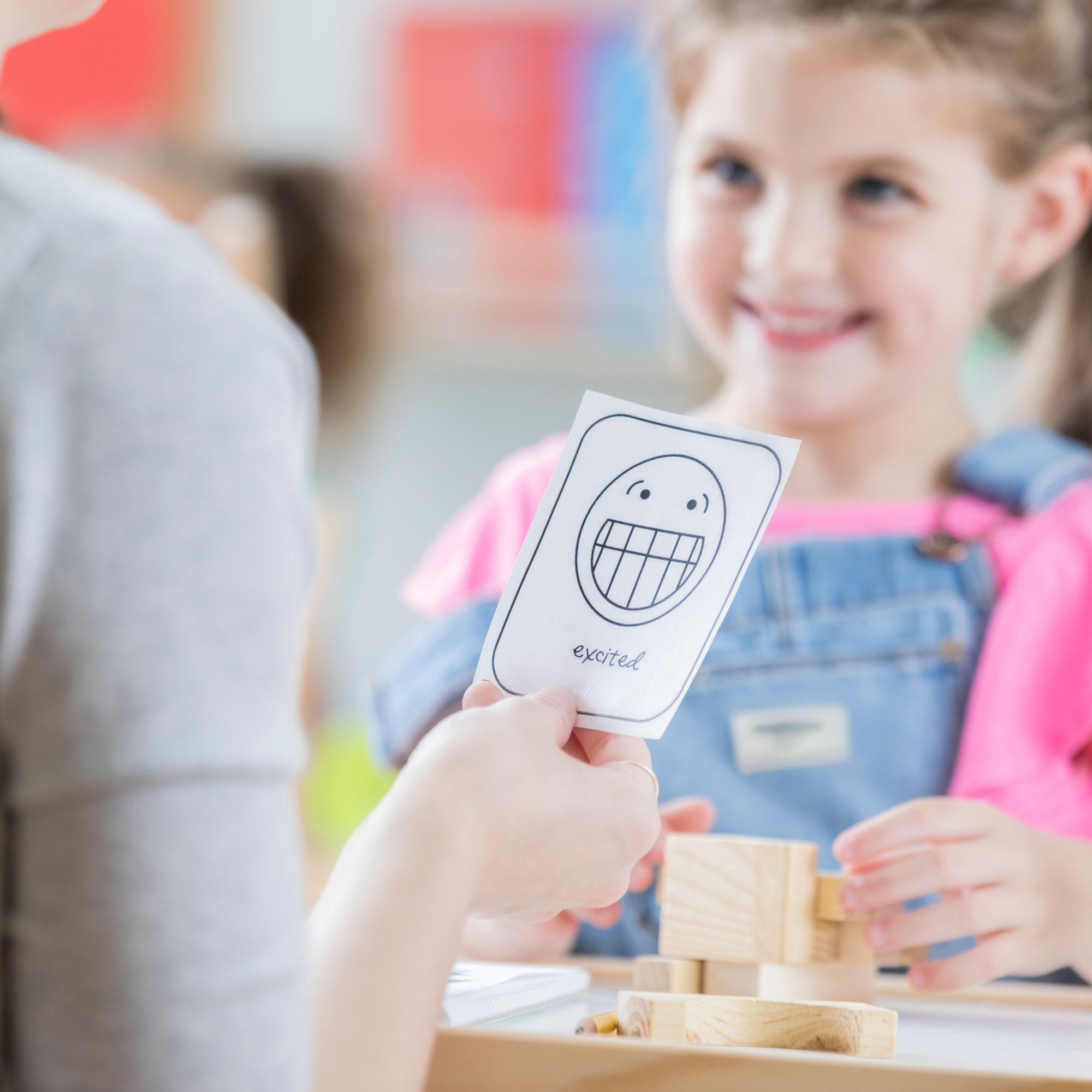When teaching new skills, the type of prompts used plays a critical role in ensuring effective learning and fostering independence. While prompts might seem like a simple instructional tool, their proper use can make a significant difference in how well a learner acquires a skill and avoids prompt dependency. In this blog, we’ll explore the role of prompts, their different types, and best practices for using them to promote long-term success.
What Are Prompts?
Prompts are cues or instructions used to guide a learner toward performing a desired behavior or skill correctly. They are not meant to be permanent but instead serve as temporary support, which is gradually faded to ensure the learner can perform the skill independently.
The Pitfalls of Verbal Prompts
Verbal prompts are highly effective for teaching verbal responses and modeling appropriate language during discrete trial teaching. They can be used to support skills like:
- Communication (e.g., requesting items or expressing needs)
- Reading (e.g., decoding words)
- Tacting (e.g., labeling objects or actions)
- Social Interaction (e.g., asking and answering questions)
However, when teaching skills that require independence, verbal prompts can pose challenges. They can easily become embedded in the chain of behaviors, creating prompt dependency.
What Is Prompt Dependency?
Prompt dependency occurs when a learner requires the presence of a prompt to perform a skill, reducing their ability to complete the task independently. For example:
- If you consistently prompt a child with “Get the toothbrush” or “Put toothpaste on the brush,” they may not complete these steps without hearing the verbal cues, making true independence unattainable.
To prevent this, verbal prompts should be used sparingly, particularly when teaching life skills that require independence.
The Power of Physical Prompts for Independence
For skills where independence is the ultimate goal, physical prompts are often the best choice. These involve physically guiding the learner to perform the desired action.
Why Use Physical Prompts?
- Minimized Visual Presence: Position yourself behind the learner when physically prompting. This reduces the likelihood of embedding your presence into the chain of behavior.
- Easier Fading: Physical prompts can be gradually faded by reducing the intensity of guidance (e.g., moving from full physical guidance to shadowing and then increasing distance).
Examples of Skills Taught with Physical Prompts:
- Self-Care Skills: Brushing teeth, washing hands, getting dressed.
- Household Chores: Cleaning, packing lunch, organizing items.
- Following Schedules: Using visual schedules or task analyses.
- Social Interactions: Initiating conversations, approaching peers.
- Cooking and Meal Prep: Measuring ingredients, chopping, and cooking.
The Problem with Gestural Prompts
While some practitioners use gestural prompts (e.g., pointing to an object or location), they can inadvertently hinder the goal of independence. Gestural prompts often embed your actions into the learning chain, making it difficult for the learner to generalize the skill without your presence.
An Alternative Approach:
Instead of using a gestural prompt, physically guide the learner’s hand to point to the target. This ensures the learner performs the action themselves and helps them build the motor and cognitive skills needed for independence.
Key Considerations for Teaching Independence
Before teaching any skill, ask yourself: Is the ultimate goal independence? If yes, follow these guidelines:
- Favor Physical Prompts Over Verbal Prompts:
- For communication and social skills, consider using written scripts or recorded voice prompts rather than verbal prompts. These can be paired with physical prompts to teach skills like initiating requests or manding (e.g., approaching a person, orienting toward them, and waiting).
- Incorporate Task Analyses and Visual Schedules:
- Teach the learner to follow visual or written cues, reducing reliance on external prompts.
- Fade Prompts Systematically:
- Gradually reduce the level of support provided by physical prompts to encourage independent performance.
- Monitor Progress with Data:
- Collect data on the learner’s performance to ensure that prompts are effectively faded over time and that independence is achieved.
Conclusion: The Role of Prompts in Skill Development
Prompts are an essential part of teaching new skills, but their proper use and fading are critical to achieving independence. Verbal prompts are useful for specific tasks, but they should be avoided when teaching skills that require autonomy. Instead, physical prompts and tools like task analyses, written scripts, and recorded voice prompts can help learners master skills while fostering independence.
By carefully planning your prompting strategy and systematically fading support, you can help learners develop lifelong skills that they can perform independently and confidently.
Ready to Take the Next Step?
Contact us today to learn more about evidence-based strategies to teach skills and promote independence for your learner.
Resources:
Krantz, P. J., & McClannahan, L. E. (1993). Teaching children with autism to initiate to peers: Effects of a script-fading procedure. Journal of Applied Behavior Analysis, 26(1), 121-32.
MacDuff, G.S., Krantz, P.J. and McClannahan, L.E. (1993), Teaching Children with Autism to use Photographic Activity Schedules: Maintenance and Generalization of Complex Response Chains. Journal of Applied Behavior Analysis, 26: 89-97.
McClannahan, L. E., & Krantz, P. J. (1999). Topics in autism. Activity schedules for children with autism: Teaching independent behavior. Bethesda, MD, US: Woodbine House.
McClannahan, L. E., & Krantz, P. J. (2005). Topics in autism. Teaching Conversation to Children with Autism: Scripts and Script Fading. Bethesda, MD, US: Woodbine House.












